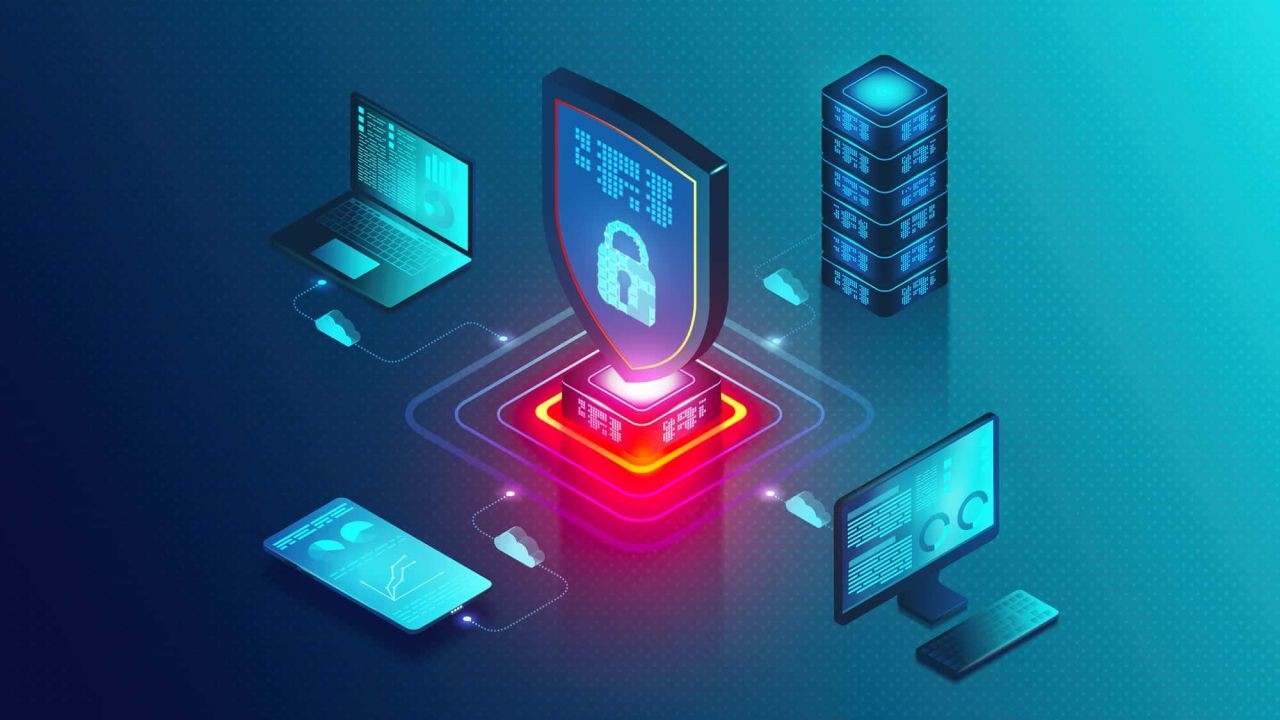In a world where digital transformations are accelerating at an unprecedented pace, New Zealand's tech industry finds itself at a crossroads. The rapid integration of technology into all facets of life has brought with it a surge in cybersecurity threats. For the Kiwi tech industry, staying ahead of these threats is not just a necessity but a competitive advantage. The stakes are high, with cyberattacks costing New Zealand businesses an estimated NZ$3.9 billion annually, according to CERT NZ's 2023 report.
Understanding the Cybersecurity Landscape in New Zealand
New Zealand's tech industry is thriving, with the digital economy contributing over NZ$6 billion to the GDP. However, this growth has made the industry a prime target for cybercriminals. The Reserve Bank of New Zealand highlights that the nation faces unique cybersecurity challenges due to its geographic isolation and reliance on digital exports. Additionally, small and medium-sized enterprises (SMEs), which form the backbone of New Zealand's economy, are particularly vulnerable due to limited resources for cybersecurity investments.
Case Study: Xero's Approach to Cybersecurity
Problem: Xero, a leading New Zealand-based accounting software company, faced increasing cybersecurity threats as it expanded its global footprint. The company struggled with safeguarding sensitive financial data against sophisticated cyberattacks.
Action: Xero implemented a multi-layered cybersecurity strategy that included advanced encryption technologies and continuous monitoring systems. They also conducted regular security audits and employee training programs to enhance cyber resilience.
Result: Within a year, Xero reported a 40% reduction in security incidents. The company's proactive approach not only safeguarded client data but also enhanced customer trust, leading to a 25% increase in client retention.
Takeaway: Xero's case underscores the importance of a comprehensive cybersecurity framework that integrates technology with human oversight. New Zealand businesses can leverage similar strategies to enhance their cybersecurity posture.
Emerging Trends in Cybersecurity
Globally, the cybersecurity landscape is evolving, with new technologies and strategies emerging to combat threats. In New Zealand, the following trends are gaining traction:
- AI and Machine Learning: These technologies are being used to predict and mitigate cyber threats in real-time. According to NZTech, AI-driven cybersecurity tools can reduce response times by 30%.
- Zero Trust Architecture: This approach, which assumes that every attempt to access a system is a potential threat, is becoming a standard practice. It emphasizes continuous authentication and verification.
- Cloud Security: With an increasing number of businesses moving to the cloud, securing cloud environments has become crucial. The Ministry of Business, Innovation, and Employment (MBIE) reports that cloud security investments in New Zealand are projected to grow by 20% annually.
Data-Driven Insights: The Cost of Cybersecurity Breaches
The financial impact of cybersecurity breaches cannot be understated. A study by the University of Auckland found that the average cost of a data breach in New Zealand is approximately NZ$4.3 million. This includes not only direct financial losses but also reputational damage and customer attrition.
Common Myths and Misconceptions
Despite the growing awareness of cybersecurity, several myths persist that can hinder effective strategies:
- Myth: "Small businesses are not targets for cyberattacks." Reality: SMEs are increasingly targeted because they often lack robust security measures. CERT NZ reports that 60% of cyberattacks in New Zealand are aimed at small businesses.
- Myth: "Antivirus software is sufficient for protection." Reality: While antivirus software is essential, it is not enough. A multi-layered security approach is necessary to address complex threats.
- Myth: "Cybersecurity is solely an IT issue." Reality: Cybersecurity is a company-wide responsibility that requires involvement from all departments, including leadership and HR.
Strategies for Staying Ahead
To effectively mitigate cybersecurity threats, New Zealand's tech industry must adopt a proactive and comprehensive approach:
1. Implement Robust Security Protocols
Businesses should establish strong security protocols, including firewalls, intrusion detection systems, and regular security audits. These measures help identify vulnerabilities and prevent breaches.
2. Foster a Culture of Cyber Awareness
Employee training is crucial in building a cybersecurity-conscious culture. Regular workshops and simulations can empower employees to recognize and respond to potential threats.
3. Collaborate with Industry Experts
Engaging with cybersecurity experts and consultants can provide valuable insights and support. Organizations like NZTech offer resources and networking opportunities to help businesses stay informed and prepared.
4. Leverage Government Support
The New Zealand government offers various programs and resources to support businesses in enhancing their cybersecurity measures. The Cyber Security Strategy by MBIE provides guidance and funding opportunities for SMEs.
Future Trends and Predictions
As technology continues to evolve, the cybersecurity landscape will undergo significant changes:
- Increased Regulatory Oversight: By 2026, New Zealand is expected to implement stricter cybersecurity regulations, similar to the GDPR in Europe, to protect consumer data.
- Integration of Quantum Computing: Quantum computing is poised to revolutionize cybersecurity by offering unbreakable encryption methods.
- Growth of Cyber Insurance: The demand for cyber insurance is projected to grow by 35% in the next five years, as businesses seek to mitigate financial risks associated with cyber incidents.
In conclusion, staying ahead of cybersecurity threats in New Zealand's tech industry requires a strategic and informed approach. By adopting advanced security measures, fostering a culture of awareness, and leveraging government support, businesses can safeguard their operations and ensure long-term success in an increasingly digital world.
Final Takeaways
- Proactive Measures: Implementing a comprehensive cybersecurity strategy is crucial for protecting assets.
- Continuous Learning: Staying informed about emerging threats and technologies is essential for maintaining security.
- Collaboration and Support: Engaging with industry experts and government resources can enhance cybersecurity efforts.
What strategies are you implementing to stay ahead of cybersecurity threats? Share your thoughts and experiences in the comments below!
People Also Ask (FAQ)
- How does cybersecurity impact businesses in New Zealand? Cybersecurity is crucial for protecting sensitive data and maintaining customer trust, which in turn enhances business reputation and revenue.
- What are the biggest misconceptions about cybersecurity? One common myth is that small businesses are not targets, but they are increasingly vulnerable due to limited resources.
- What upcoming changes in New Zealand could affect cybersecurity? By 2026, stricter regulations similar to GDPR are expected to enhance data protection and impact cybersecurity practices.
- Who benefits the most from enhanced cybersecurity measures? SMEs, large enterprises, and consumers all benefit from stronger cybersecurity through improved data protection and trust.
Related Search Queries
- Cybersecurity trends in New Zealand 2023
- Best cybersecurity practices for SMEs in NZ
- Impact of AI on cybersecurity
- Cloud security strategies in New Zealand
- Regulatory changes in cybersecurity NZ 2025

























